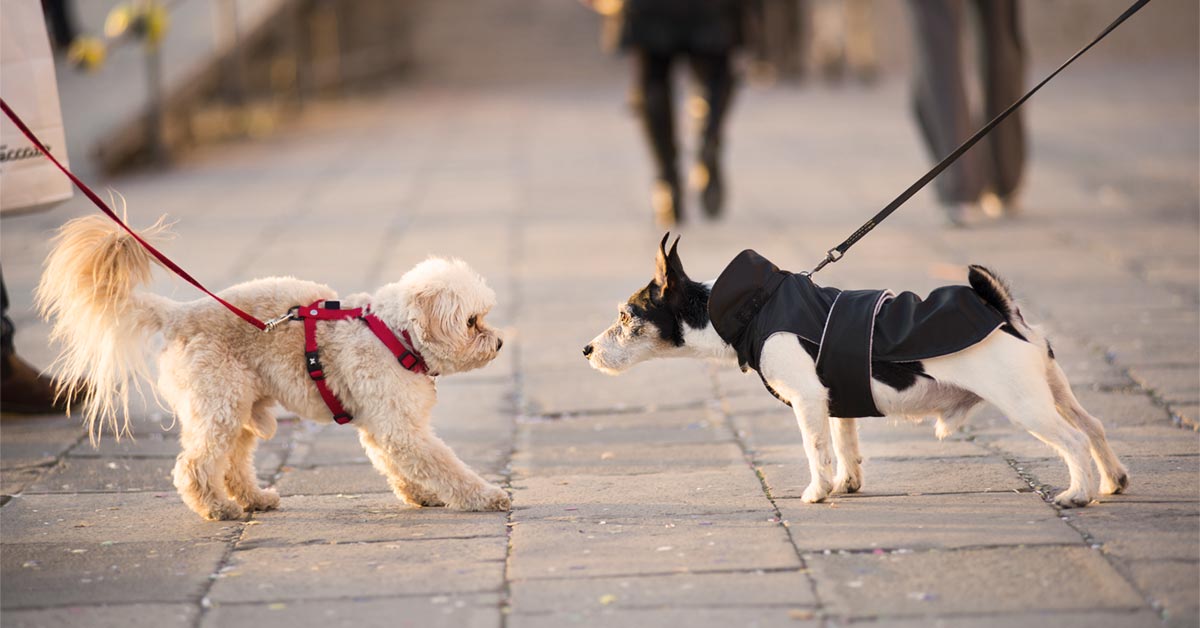"I just want my dog to listen!"
Frustration, hopelessness, and shame don't even begin to describe how dog owners can feel when their dog is acting out and they aren't able to get them to listen. Whether your is dog is lunging on at the lead of a leash, barking at 5 am, or likes jumping all over every house guest. You just want your dog to listen already! Communication is hard even going from human to human. Communicating with another species that doesn't have the same mindset or motivations that you do can be even more challenging, but its not impossible. Often times when our message isn't being received, whether you are communicating with humans or dogs, a change in perspective and how we convey the message can make all the difference to who is listening. Check out our Knoxville Dog Trainers' top 5 tips for communicating better with the dog in your life.
Don’t say no
"No getting on the couch!" "No jumping!" "No Barking!" "No" is said on a regular basis by every dog owner we come across in Knoxville, TN and yet it the best example of inconsistency. "No" can mean a million different things but it doesn't mean ONE thing to your dog and that is the problem. Because, "no" can mean many things its opens you up to have so many unnecessary miscommunications with your dog. You may be wondering, "When no doesn't mean no, what the heck do you say?" Our positive reinforcement dog trainers are encouraging their clients to counter the word "no" with what you can ask your dog to do instead. Replace the behavior. For example, "No jumping" would be replaced with "sit". Sit always means the same thing, unlike the word "no."
Lead by Example
Dogs look to their owners for cues of how they should proceed. It’s always a good idea to move the way you want your dog to move and look the direction you want them to look. Dogs have a sixth sense for how we are moving and positioning our bodies. Often times a simple step in the right direction or changing our focus gets them on the right track. Consider the owner with a dog that runs away. We see it all the time, the dog is running away and keeps looking back to their owner . The owner thinks the dog is taunting them and playing a game. What is actually going on, is the dog is checking back to ensure their owner is still facing and going the same direction as they are. Our Knoxville dog trainers are encouraging their clients to turn the opposite direction and run away to show their dog the direction they should be going. Inspire your dog's natural instinct to chase.
Stay calm
In the face of chaos and distraction, be part of the solution, not part of the problem. Keep your mind calm and focus on communicating effectively. Your dog will feed off of your anxiety, your stress, your frustration and it will affect how they hear the message you are trying to send. Be mindful, that sometimes the environment can be over-stimulating and you may have to get distance from a distraction to get your dog to a place where they can listen. Which is another great example of leading by example so your dog can understand the right decision to take. Walk and face away from the distraction so they know to walk away.
Don’t contradict yourself
Consistency is the biggest key to success when trying to communicate with your dog to reach your dog training goals. Don’t want your dog jumping on you? Want your dog to stop begging for food? No matter what message you are trying to send your dog, make sure you are sending the same message consistently. If you aren’t consistent with your message, your dog is going to get mixed signals and you’ll have mixed results. Remember that, your dog will always be as consistent as you are.
Use hand signals
A dog’s first language is body language and they send so many messages to us with their bodies and so few with vocalizations. Using hand signals to cue the commands you have taught your dog is the best way to send a fast, clear message to your dog. This is especially helpful when your dog is too overwhelmed by all the sights, smells, and sounds to stop to listen to a verbal command.








